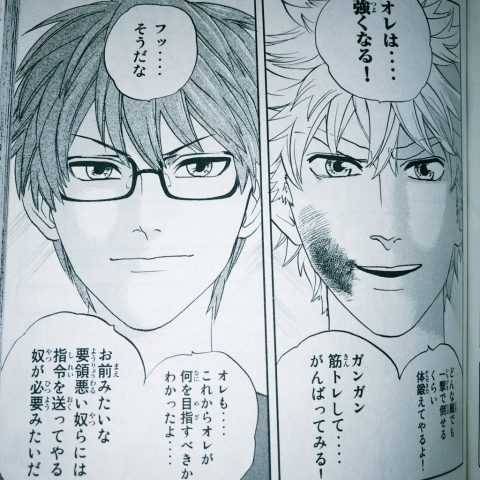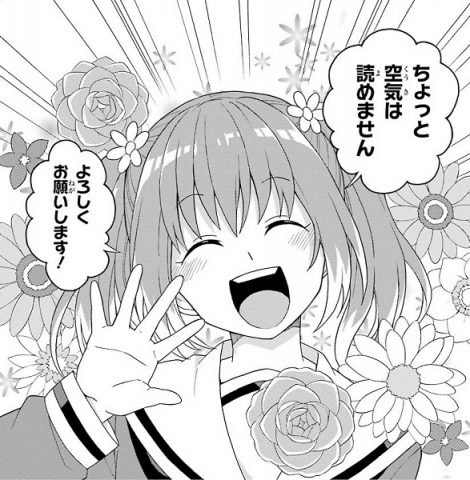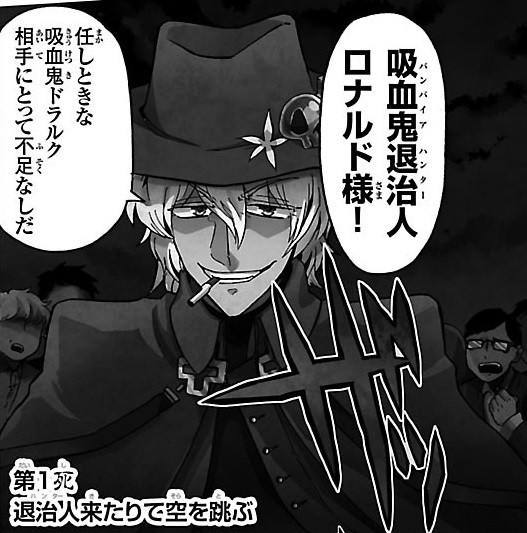"Cells at Work!" is a popular manga depicting the 37 trillion cells that exist within the body. It was adapted into an anime in July 2018, garnering a lot of attention. The worldview, depicted through the novel concept of depicting cells, is uniquely compelling.
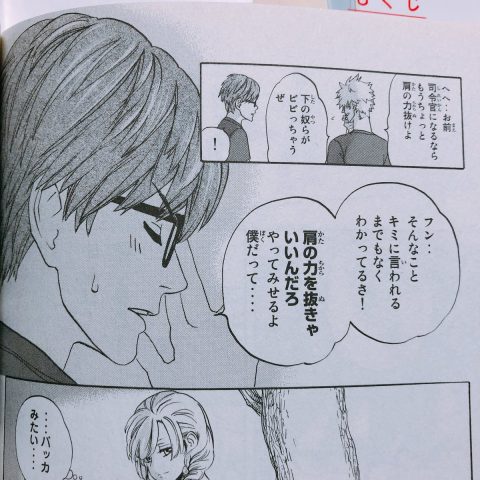
Source: Cells at Work © Shimizu Akane/Kodansha, Aniplex, davidproduction
This time, we'll be looking at killer T cells and helper T cells. Despite being both T cells, the two have completely opposite roles and personalities. In fact, they've known each other since childhood and were a great pair at one point.
So, let's take a look at the charms and anecdotes of this great duo from "Cells at Work!": Killer T cells and Helper T cells.
1. About Killer T Cells: The Body's Killers
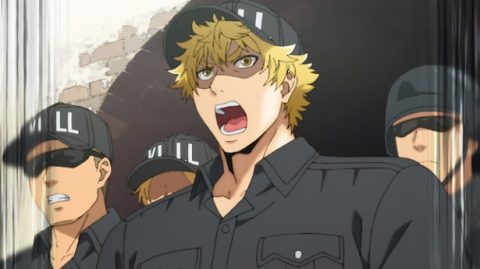
Source: Cells at Work! © Akane Shimizu/Kodansha, Aniplex, David Production
Killer T cells, also known as "cytotoxic T cells," are activated by commands from helper T cells to detect and destroy foreign substances such as virus-infected cells and cancer cells.
Killer T cells are classified as lymphocytes, a type of white blood cell, and are responsible for the body's immune system. They are characterized by their muscular, elite team, clad in black workwear.
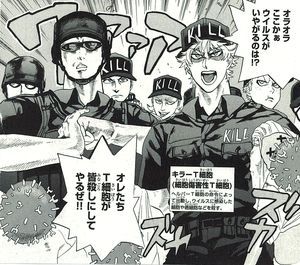
Source: Cells at Work! © Shimizu Akane / Kodansha, Aniplex, davidproduction
They have aggressive personalities, not only relentlessly attacking their enemies but also speaking and acting in a way that intimidates their allies, earning them fear from those around them.
Originally Naive T Cells
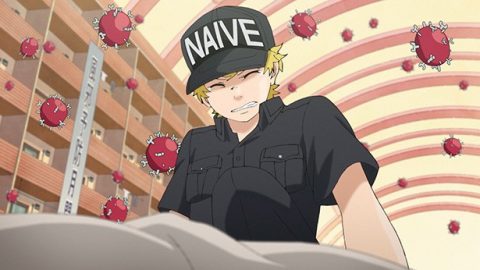
Source: Cells at Work! © Akane Shimizu/Kodansha, Aniplex, David Production
Killer T cells were originally low-level combatants called naive T cells. Naive T cells are immature T cells that have never encountered an antigen, and in the story, naive T cells with a timid personality appear. Although they were just T cells, they were running away from the virus and were unable to even fight, which caused them to lose confidence.
However, with the encouragement of dendritic cells, they were able to become activated and become fully-fledged T cells.
There are also memory T cells
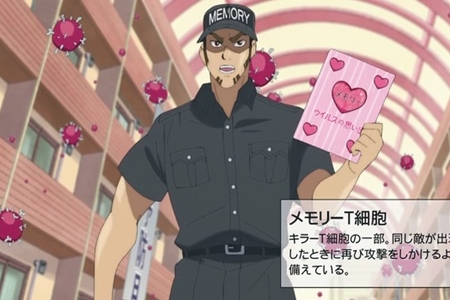
Source: Cells at Work! © Akane Shimizu/Kodansha, Aniplex, davidproduction
Memory T cells look similar to killer T cells, but their role is slightly different. The role of memory T cells is to compile antigen information on a notepad and issue commands to launch another attack when an enemy appears. The notepad used by memory T cells is cute and doesn't suit their appearance.
Naive T Cells → Effector T Cells

Source: Cells at Work! © Akane Shimizu/Kodansha, Aniplex, davidproduction
In episode 3 of the anime, "Influenza," naive T cells are activated by dendritic cells and evolve into effector T cells. They appear more robust than killer T cells and are capable of dividing and multiplying.
Visually, he looked like a character straight out of "JoJo's Bizarre Adventure." The effector T cells, having acquired great powers, were able to wipe out the influenza B virus, but when they encountered the powerful influenza A virus, they reverted to naive T cells.
Teasing by NK Cells
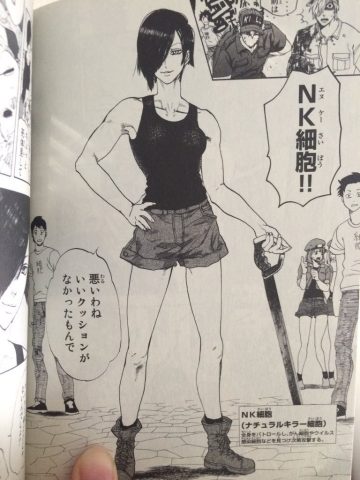
Source: Cells at Work! © Akane Shimizu/Kodansha, Aniplex, davidproduction
Killer T cells are constantly teased by NK cells, which are also members of the immune system. However, they demonstrate remarkable teamwork in emergencies, such as working together to fight cancer cells.
Don't they get along with other cells?
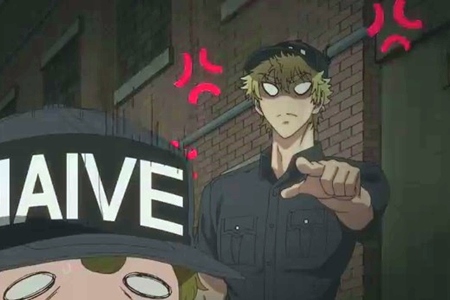
Source: Cells at Work! © Akane Shimizu/Kodansha, Aniplex, davidproduction
Because killer T cells serve as the body's killers, they believe they must never let their guard down, and they exhibit a strong, aggressive attitude toward other cells. However, he looked enviously at the other T cells getting along with each other, and eventually they all started playing badminton together.
Ultimate Technique: "T-Cell Perforin Cannon Punch"
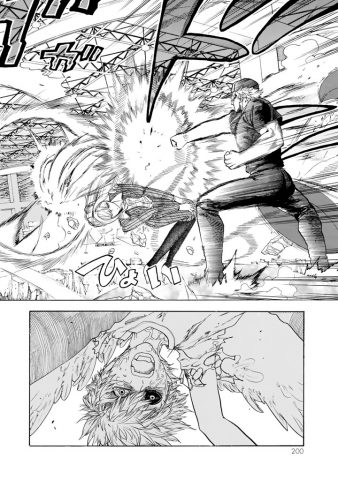
Source: Cells at Work! © Akane Shimizu/Kodansha, Aniplex, davidproduction
The killer T-cells were in a pinch in their battle against cancer cells, but their ultimate technique, the "T-Cell Perforin Cannon Punch," saved them. This technique defeats enemy infected cells by using a substance called "perforin," which is secreted when infected cells attack them. It is a legendary technique that can be unleashed when the T cell's desire to protect its body is at its highest.
Killer T Cell learned of this technique during his time at Thymus School and secretly trained it, but was teased by those around him, saying there was no way he could pull off such a move. However, in a real battle against cancer cells, he succeeded in unleashing the technique at the crucial moment, and was able to turn the tide of the battle.
Even the person who unleashed this technique was surprised.
2. Helper T Cells: The Cellular Command Center
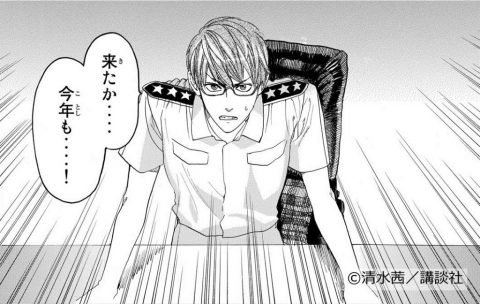
Source: Cells at Work! © Akane Shimizu/Kodansha, Aniplex, David Production
Helper T cells act as commanders upon receiving news of an invading enemy. Based on information about the invader, they determine a strategy to accurately attack the invader. Killer T cells are dispatched under the command of helper T cells.
Cool-looking but clumsy
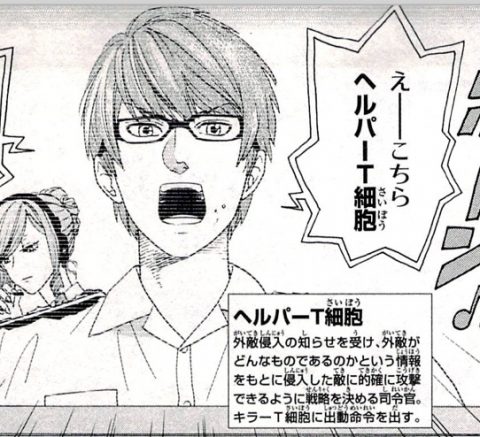
Source: Cells at Work! © Akane Shimizu/Kodansha, Aniplex, David Production
Helper T Cells, who act as the command center for the cells, appear cool and clever, but they also have a clumsy side, such as when they issue commands with cookie crumbs still stuck to their cheeks.
Does he have a personality that doesn't match up with the killer T cells?
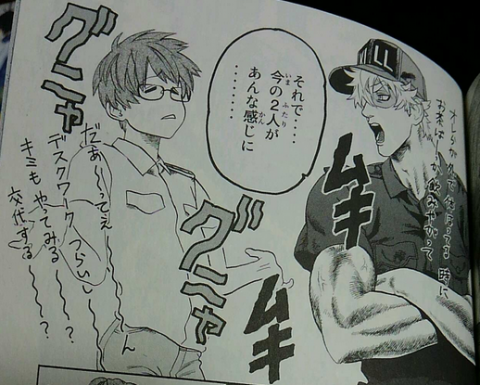
Source: Cells at Work! © Akane Shimizu/Kodansha, Aniplex, davidproduction
Helper T cells give off a cool and intelligent impression, but they also want to work efficiently, so they don't get along well with the hot-headed killer T cells.
3. Have killer T cells and helper T cells been friends since childhood?
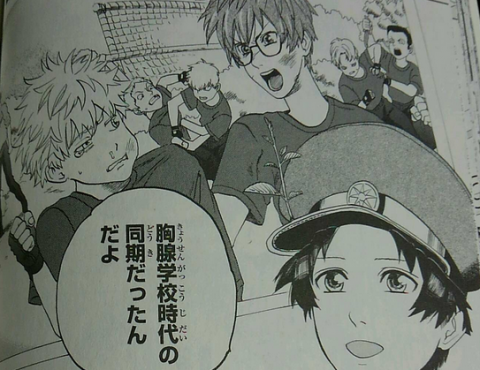
Source: Cells at Work! © Akane Shimizu/Kodansha, Aniplex, davidproduction
Killer T cells and helper T cells were originally classmates at Thymus School. The thymus is a lymphoid organ that matures precursor cells (progenitor cells) into full-fledged T cells, and killer T cells and helper T cells are cells nurtured in the thymus.
In the story, it is depicted as a thymus school, where the characters undergo rigorous training and strive to become full-fledged T cells.
Killer T Cells were the underdogs, while Helper T Cells were the elite
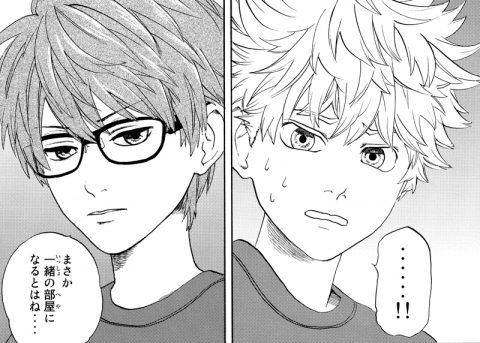
Source: Cells at Work! © Akane Shimizu/Kodansha, Aniplex, David Production
At Thymus Academy, Killer T Cells were the underdogs. They didn't achieve any outstanding results in training, and while they viewed Helper T Cells as their rivals, they were far inferior. Meanwhile, helper T cells had achieved outstanding results at thymus school, and were expected to become anything—killer T cells, helper T cells, and so on.
Becoming a full-fledged T cell is a difficult task.
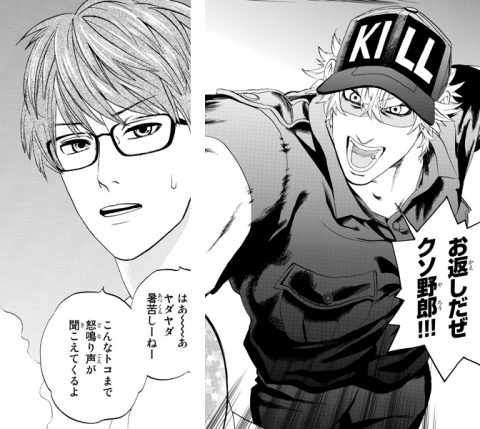
Source: Cells at Work! © Shimizu Akane/Kodansha, Aniplex, davidproduction
It is said that only 2-3% of students who graduate from thymus school become full-fledged T cells. Therefore, in order to pass the extremely difficult entrance exam, they undergo rigorous training every day.
The Demonic Instructor is a Thymic Epithelial Cell
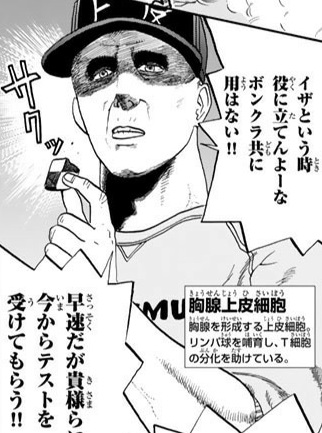
Source: Cells at Work! © Akane Shimizu/Kodansha, Aniplex, David Production
The field that appears as an instructor at the Thymus School is called a thymic epithelial cell, which is the epithelial cell that forms the thymus. Because they are responsible for nurturing lymphocytes and helping T cells differentiate, they act as strict instructors, pushing the trainees to their limits.
Even at odds, there's friendship.
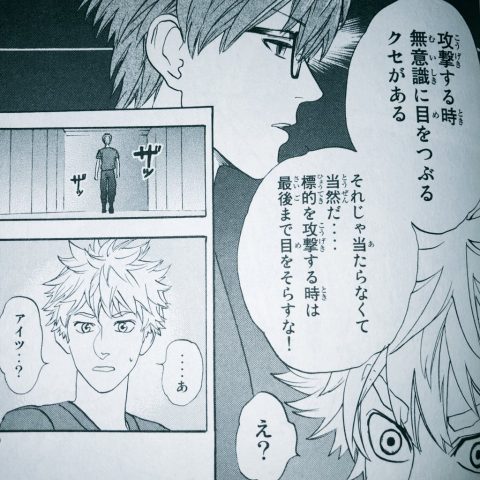
Source: Cells at Work! © Shimizu Akane/Kodansha, Aniplex, davidproduction
At Thymus School, killer T cells and helper T cells have a somewhat bitter relationship. However, there's a scene where the helper T cell gives advice to the killer T cell, giving us a glimpse of the friendship that motivates them to attend the same Thymus School.
A Harsh Positive Selection Test
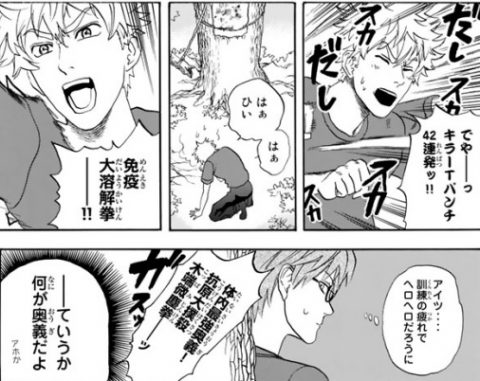
Source: Cells at Work! © Shimizu Akane / Kodansha, Aniplex, davidproduction
The thymus performs positive selection, which selects and preserves useful T cells, and negative selection, which eliminates harmful T cells that attack the body. This test is said to be important for maintaining the body's immune system as a whole.
To perform this positive and negative selection, the Thymus School conducted tests that attacked a panel of antigens and left a panel of general cells untouched, thereby identifying superior T cells.
Why Helper T Cells Decided to Choose This Path
Summary
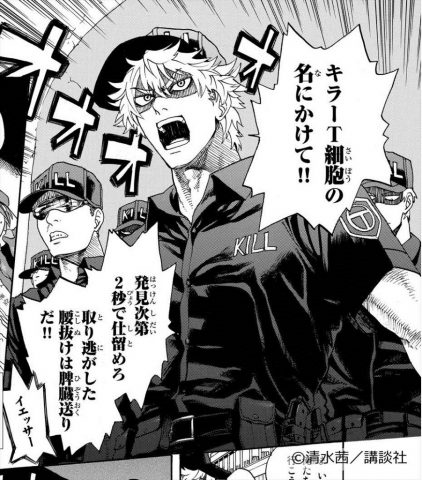
Source: Cells at Work! © Akane Shimizu/Kodansha, Aniplex, David Production
Even in the story, Killer T Cells and Helper T Cells are at odds with each other, but their friendship is captivating. While their personalities are polar opposites, I believe they share a common desire to protect peace within the body. It will be interesting to see what kind of combination these two will demonstrate in the future. Please take a look at the killer T cells and helper T cells, the most famous duo in "Cells at Work."

